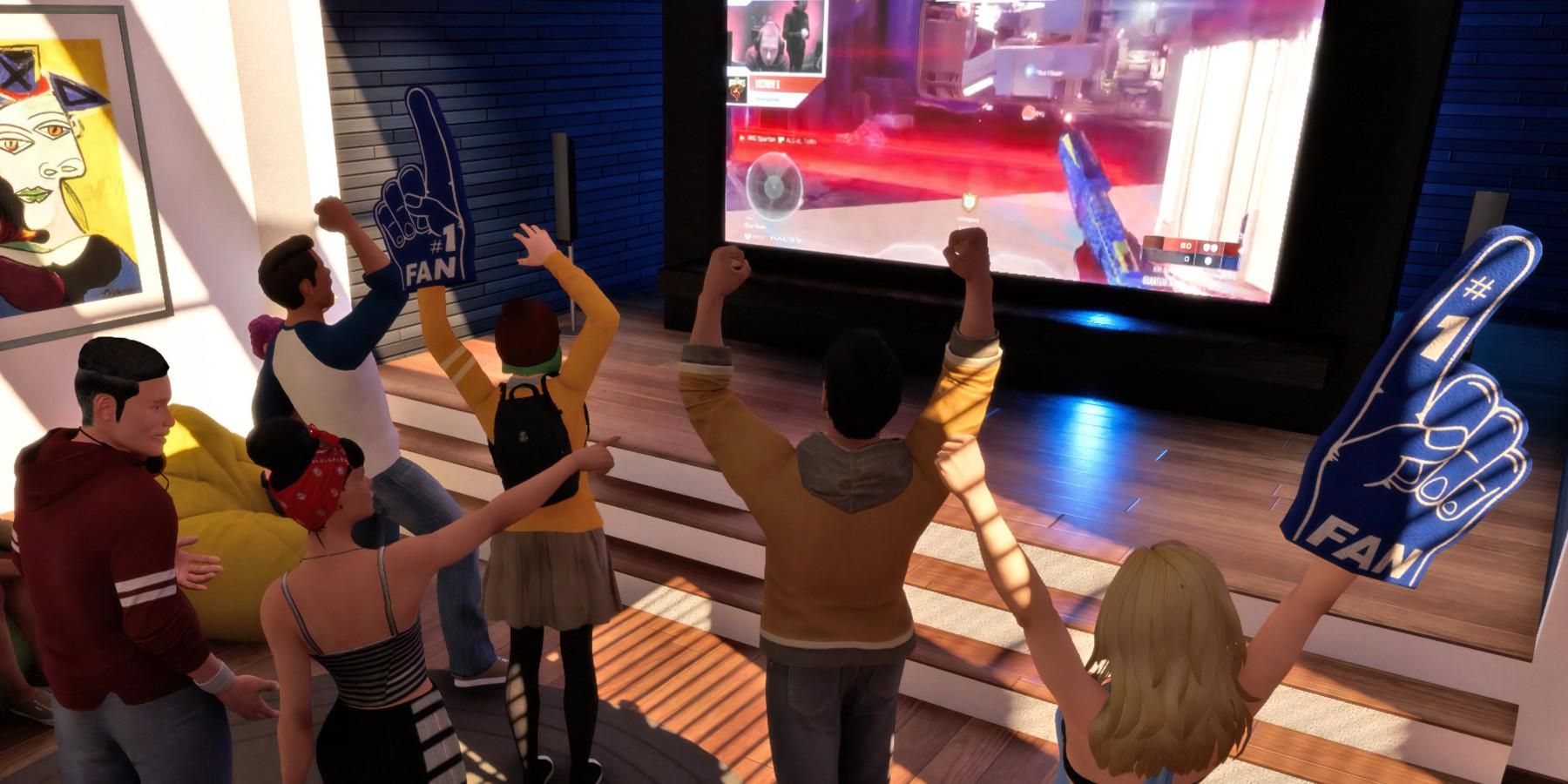Linden Lab’s Sansar Was Ahead of Its Time
In 2014, while Oculus was bought by Facebook as it tweaked its Oculus Rift headset, Linden Lab was announcing a next-generation virtual world known as Project Sansar (later named Sansar). It was a major project endorsed by the late Ebbe Altberg, who had then been CEO of Linden Lab for only four months. Altberg wanted to simplify “VR experience creation,” according to the press release announcing a content creator test in 2015, developing a creative virtual world that the public got access to in 2017.
One popular location in Sansar, opened in 2018, was Aech’s Garage from the Ready Player One movie adaptation. Linden Lab’s idea of what VR platforms could be felt distinctly more playful and realistic than Meta or other tech giants suggest today. However, they were also just as forward-thinking. In mid-2019, Sansar partnered with Monstercat, a Canadian electronic music label, to bring live performances to the platform – akin to Fortnite‘s Marshmello concert earlier that year.
Despite initial excitement, hype around consumer VR tech cooled off in the late 2010s. To this day, VR adoption is slow-going, though experts have previously predicted that millions will use VR headsets by 2025. Sansar was arguably ahead of its time, and Linden Lab must have thought so at the time. It sold Sansar to Wookey Projects in 2020 and refocused on Second Life.
While Second Life might not represent the broader vision of the modern metaverse, it was arguably the closest thing at an earlier time. One of Linden Lab’s current projects, the Tilia Pay system, is designed to support economies in virtual worlds, suggesting Linden Lab is still interested in developments outside Second Life. At any rate, with decades of experience under its belt, it will be worth paying attention to Linden Lab’s journey, and where it is headed to next.
Have A Great Week From All Of Us At Zoha Islands And Fruit Islands!



